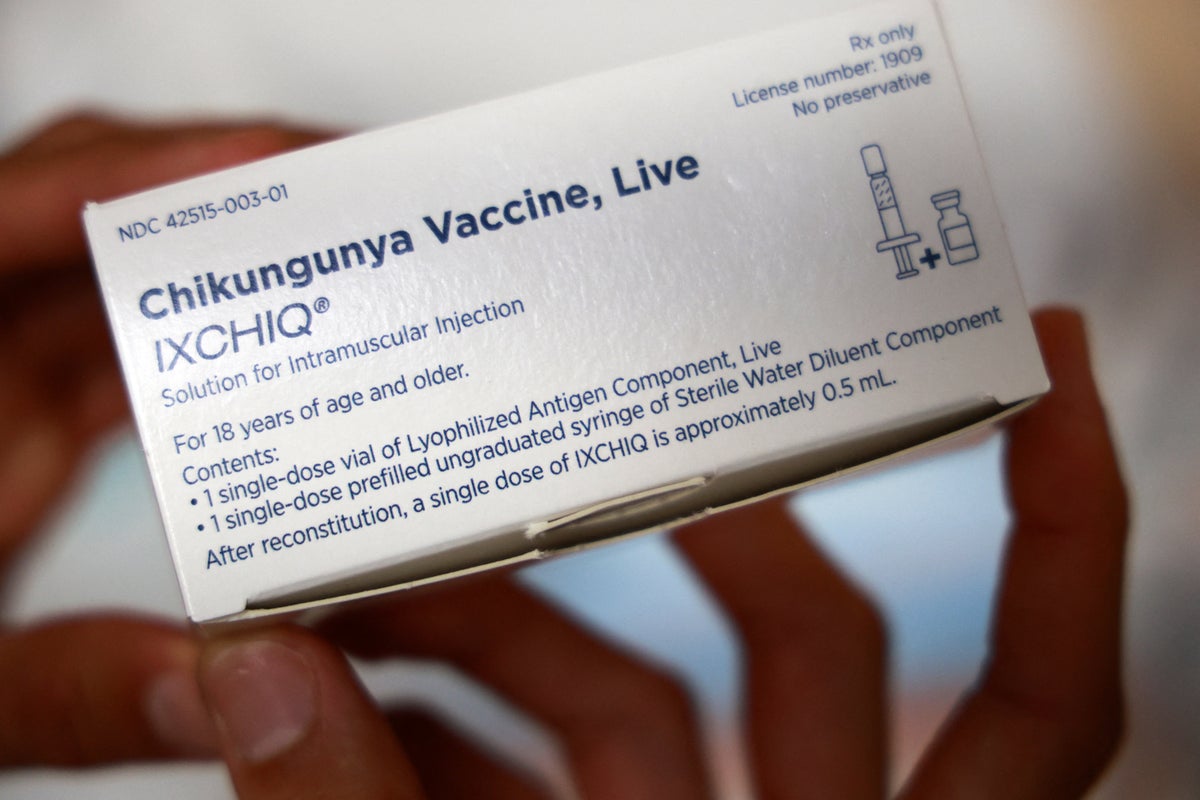Topical Aloe Vera Gel for Lichen Planus
We shouldn’t ever swallow aloe vera, but how does using it topically for a chronic inflammatory autoimmune disease compare to steroids? Lichen planus is a […]

We shouldn’t ever swallow aloe vera, but how does using it topically for a chronic inflammatory autoimmune disease compare to steroids?
Lichen planus is a chronic autoimmune disease, typically of our moist membranes, such as the inside of our mouth, but it can also affect other body surfaces, like our “skin, hair, nails and genitalia.” It isn’t that rare. Its prevalence is around 1%, which “makes it one of the commoner conditions seen in oral medicine clinics.”
Current treatments are not curative but rather palliative, aimed at relieving pain. We’ve tried steroids, antibiotics, chemotherapy, and surgery, and none appears to be particularly effective. So, even for palliative pain relief, we don’t have great options, which is why a case report like this one is so exciting: After drinking two ounces of aloe vera juice a day and applying aloe topically, improvement was seen, which you can see for yourself at 0:46 in my video Is Aloe Vera Gel the Best Treatment for Lichen Planus?. These types of treated cases have led to journal articles with titles like “Aloe Vera as Cure for Lichen Planus.” But, is ingested oral aloe vera a “potion or poison?” “Internal use of aloe may cause acute hepatitis,” liver inflammation, and electrolyte imbalances, and you definitely should not inject aloe, as “deaths have occurred after aloe was injected in humans, but oral use is also not recommended.”
This is primarily because of case reports of aloe-induced hepatitis. Ironically, aloe “is presented as a detoxifying product” but can actually end up causing liver damage. In one case, for example, a guy who had been trying to protect his liver ended up in the hospital. How do we know it was the aloe, though?
The assessment of suspected herbal-induced liver injury is challenging, because there are hundreds of things out there that can damage your liver. As you can see at 2:01 in my video, there is a long checklist you have to go through as a doctor to rule out other causes before you blame it on the plant. Do you have some kind of viral hepatitis or another kind of liver infection? Or, could it have been caused by any one of various drugs, toxins, or diseases? Maybe the liver injury could have been caused by one of these other things, and it was just a coincidence that the problem started after drinking aloe. How do we know? In terms of trying to prove cause-and-effect, the gold standard is a positive re-exposure test. That’s how you can diagnose drug-induced liver injury, for instance: Liver inflammation disappears when you remove the drug and reappears when you add the drug back, which “is rarely performed due to the risks involved,” obviously. Has there ever been a re-challenge case published for aloe? Yes. As you can see at 2:45 in my video, aloe-induced toxic hepatitis shot up again after stopping and then restarting aloe ingestion.
Aloe consumption has also been linked to thyroid dysfunction. A woman with lichen planus started swallowing 2 teaspoons of aloe vera juice a day. She started feeling “unjustifiably tired,” and labwork showed her thyroid function was low. But, she perked right back up after stopping the aloe, and her thyroid function returned to normal. Instead of swallowing, though, what if she just swished the aloe around in her mouth to try to help the lichen planus and then spit it out? Excellent question. We didn’t know, until it was put to the test.
In a randomized, double-blind, placebo-controlled trial, 54 patients were randomized to receive a topical aloe vera gel or placebo gel for eight weeks. Eighty-one percent in the aloe group got better compared to just 4 percent in the placebo group. “Furthermore, two patients treated with AV [aloe vera]…had a complete clinical remission.” That’s rare. Remember, lichen planus is considered to be a chronic condition. Yet, after a few weeks applying aloe, the erosive lesions disappeared, as you can see at 3:51 in my video.
How about compared to a steroid ointment? Topical aloe vera gel was found to be superior—more effective than the steroids and causing a significant difference within two weeks, as you can see at 4:05 in my video. So, “although corticosteroids are still the gold standard, aloe vera shows promising results especially with no adverse effects [when applied topically] compared with various adverse effects of corticosteroids.”
That’s for oral lichen planus, though. What about the efficacy of aloe vera gel in the treatment of lichen planus of the genitals? “Vulval lichen planus is quite common, affecting 1-2% of the population.” And, lichen planus of the vulva may be even harder to treat. “There are flares and partial remissions but no tendency for complete remission.” Indeed, that’s what researchers saw in the placebo group. As you can see at 4:45 in my video, one woman had a good response, but most had little or no response. However, of those applying aloe vera gel, nine out of ten responded, and one woman had a complete clinical remission. The researchers concluded that aloe vera gel is “a safe and effective treatment for inducing remission in vulval lichen planus.”
Is Aloe Effective for Blood Pressure, Inflammatory Bowel, Wound Healing, and Burns? Great question! Check out the video to find out. You may also be interested in:
Aloe for the Treatment of Advanced Metastatic Cancer Can Aloe Cure Cancer? Aloe Vera for PsoriasisI’ve talked about lichen planus before. Check out Diet and Lichen Planus for more.
KEY TAKEAWAYS
Current treatments for lichen planus, a chronic autoimmune disease, are palliative, rather than curative. Steroids, antibiotics, chemotherapy, and surgery have not been found to be particularly effective. A case report claimed that improvement was seen after drinking two ounces of aloe vera juice daily and applying aloe topically, but internal oral use of aloe may cause liver inflammation, electrolyte imbalances, and acute hepatitis, and injection may result in death. Although aloe “is presented as a detoxifying product,” it can cause liver damage. When tested, aloe-induced toxic hepatitis shot up again after stopping and then restarting aloe ingestion. Consumption of aloe has also been linked to thyroid dysfunction. A randomized, double-blind, placebo-controlled study found improvement in 81 percent of participants with lichen planus in the aloe group, who received a topical aloe vera gel for eight weeks, compared to just 4 percent in the placebo group. And, despite lichen planus being considered a chronic condition, the erosive lesions disappeared after a few weeks of aloe application. Topical aloe vera gel was found to be more effective than a steroid ointment and has no adverse effects, “compared with various adverse effects of corticosteroids.” Aloe vera gel has also been found to safely and effectively induce remission in lichen planus of the vulva.Interested in other topical alternative therapies? See:
Eczema Treatment with Evening Primrose Oil, Borage Oil vs. Hempseed Oil Eczema Treatment with Coconut Oil, Mineral Oil vs. Vaseline Topical Honey for Canker Sores Flashback Friday: Topical Honey for Canker Sores Does Oil Pulling Help with Cancer? Oil Pulling Benefits for Plaque and Gingivitis Oil Pulling for Teeth Whitening and Bad Breath Tested The Risks of Oil PullingIn health,
Michael Greger, M.D.
PS: If you haven’t yet, you can subscribe to my free videos here and watch my live presentations:
2019: Evidence-Based Weight Loss 2016: How Not To Die: The Role of Diet in Preventing, Arresting, and Reversing Our Top 15 Killers 2015: Food as Medicine: Preventing and Treating the Most Dreaded Diseases with Diet 2014: From Table to Able: Combating Disabling Diseases with Food 2013: More Than an Apple a Day 2012: Uprooting the Leading Causes of Death
 Hollif
Hollif 
































